5 Questions to Ask About Your Assessments
May 31, 2022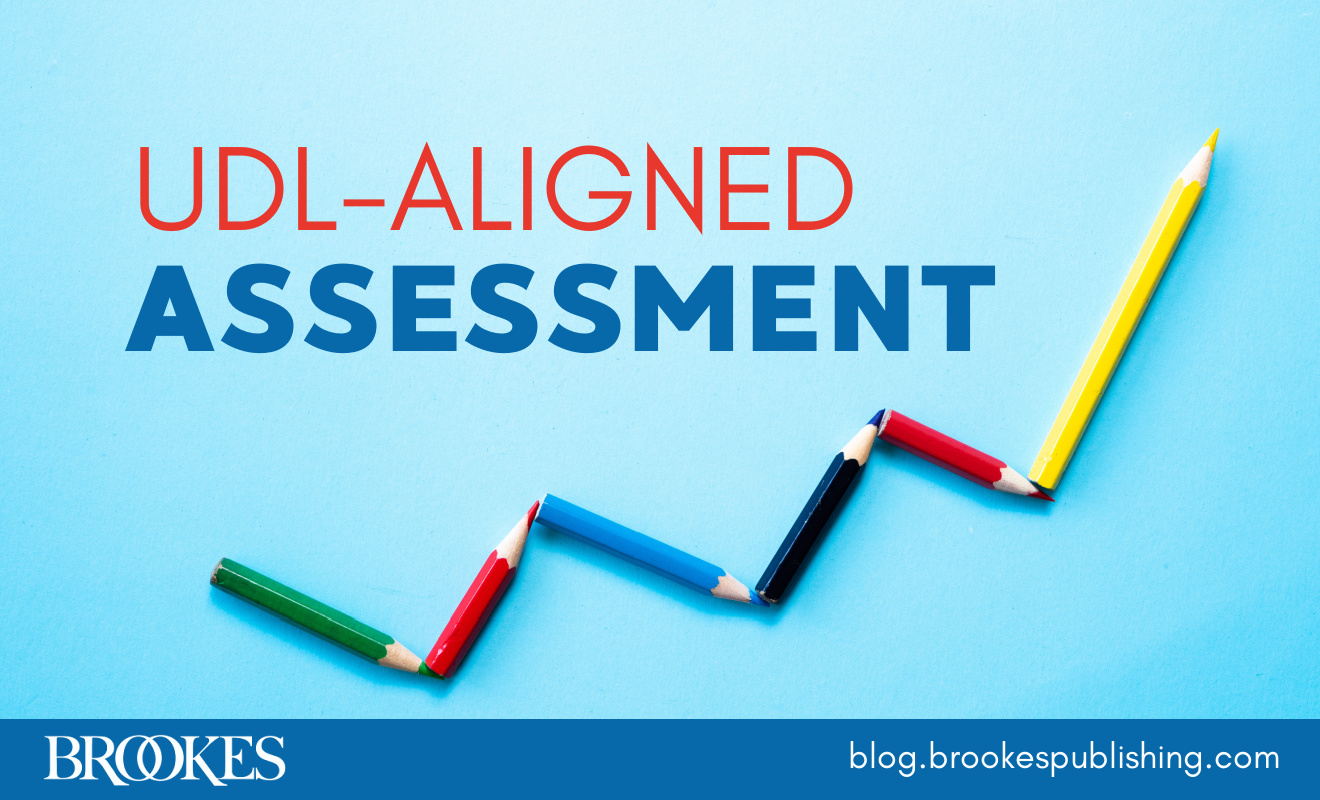
As an educator in an inclusive classroom, you know how important assessment is—but it’s equally important to ensure that the assessments you use don’t inadvertently create barriers for your learners.
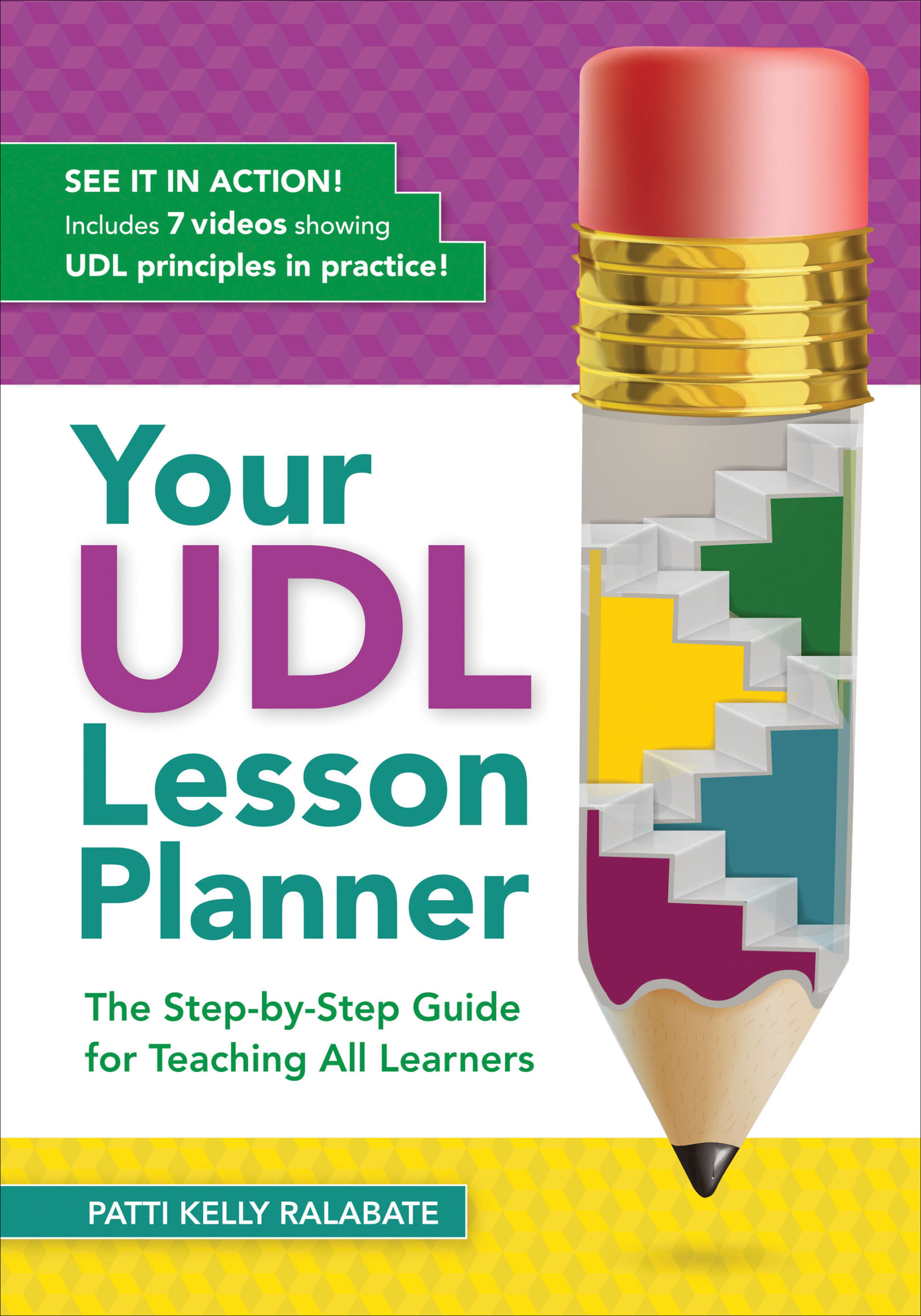 Today’s post, excerpted and adapted from Your UDL Lesson Planner by Patti Kelly Ralabate, will be a valuable guide as you think about how to assess student learning accurately, effectively, and fairly.
Today’s post, excerpted and adapted from Your UDL Lesson Planner by Patti Kelly Ralabate, will be a valuable guide as you think about how to assess student learning accurately, effectively, and fairly.
Here are five essential questions that will help you select or design assessments that align with the principles of universal design for learning (UDL) and evaluate every student’s knowledge and progress.
Is my assessment accessible?
Assessments that are accessible address the mobility and communication needs of learners, particularly students with disabilities who need specialized formats, such as individuals with sensory, physical, or cognitive disabilities. Using the same inaccessible assessment features for everyone isn’t fair; in fact, it’s inherently unfair. Designing assessments with accessibility in mind from the beginning means all learners perform better. (To explore resources on accessibility, check out the National Center on Accessible Educational Materials.)
Is my assessment flexible?
 Assessments in line with the UDL framework are flexible and allow for learner variability. Scaffolds are available for those who need them, and learners have choices in how they express their learning. Using a flexible verb in your learning goal will lead you to consider various, adjustable options for your assessments.
Assessments in line with the UDL framework are flexible and allow for learner variability. Scaffolds are available for those who need them, and learners have choices in how they express their learning. Using a flexible verb in your learning goal will lead you to consider various, adjustable options for your assessments.
For example, multiple-choice quizzes are not a flexible assessment—you can’t expect that all learners will be able to use a paper-and-pencil format and that their responses to the questions will capture adequate evidence of learning. This assessment would be more flexible if learners are offered the choice of composing a short essay, developing a brief presentation using multiple media options (e.g., slides with audio or a video-captured oral presentation), or creating a poster or graphic display. Using a rubric to evaluate these products would give you the evidence of learning that you need.
Is my assessment free of bias?
 Bias relates to how fair the assessment is and impacts how well it accurately reflects what learners know or are able to do. It’s easy to see that a science assessment that requires students to write grammatically correct sentences favors native English speakers and adds an unnecessary burden for English language learners.
Bias relates to how fair the assessment is and impacts how well it accurately reflects what learners know or are able to do. It’s easy to see that a science assessment that requires students to write grammatically correct sentences favors native English speakers and adds an unnecessary burden for English language learners.
There are other kinds of bias, however. Assessments need to be free of content that would privilege learners with certain experiences or disadvantage those who have little experience with the vocabulary, context, or topic. For instance, students who’ve never been to a museum would be at a disadvantage if the assessment required that they visualize a museum corridor. Additional scaffolding or opportunities to learn about museums would be necessary prior to including this task in an assessment. Another form of unintended bias, offensive in nature, is characterization of individuals by race, gender, ethnicity, disability, religion, or socioeconomic or other backgrounds. You should always avoid this in your assessments.
Is my assessment valid?
Assessment validity focuses on how meaningful or relevant the assessment results are. Some researchers refer to designing assessments with construct relevancy, meaning that you design them to measure a specific construct—that is, a knowledge, skill, or attribute.*
 For example, word problems can potentially be invalid or not construct relevant if they require reading levels that are problematic for learners with reading difficulties. The task of reading the word problems can muddy interpretation of the test results, because the assessment ends up measuring both mathematics and reading skills. A teacher could easily misinterpret the test results to mean that the students didn’t know how to apply the mathematical concepts, when in fact they didn’t know how to read the passage. By monitoring reading levels and applying scaffolds for learners who may have difficulty reading the passages, teachers can develop assessments that are meaningful—that are valid—and assess what they want to measure.
For example, word problems can potentially be invalid or not construct relevant if they require reading levels that are problematic for learners with reading difficulties. The task of reading the word problems can muddy interpretation of the test results, because the assessment ends up measuring both mathematics and reading skills. A teacher could easily misinterpret the test results to mean that the students didn’t know how to apply the mathematical concepts, when in fact they didn’t know how to read the passage. By monitoring reading levels and applying scaffolds for learners who may have difficulty reading the passages, teachers can develop assessments that are meaningful—that are valid—and assess what they want to measure.
 Is my assessment reliable?
Is my assessment reliable?
Standardized-test developers go to great lengths to verify that their assessments are reliable (i.e., the assessments contain minimal measurement error). If administered multiple times to the same group under the same conditions, reliable assessments yield very similar results. Statisticians argue that tests should be as reliable as possible. But due to the systemic variation that exists in every group, there is always a certain amount of score variance in assessments that has nothing to do with the performance of the learners; rather, it’s due to the design of the test.
If you’re using standardized assessments to measure your UDL lesson, you’ll need to attend to the test’s reliability when you look at the results, especially if you’re comparing the performance of one group with another. The good news is that reliability for informal classroom assessments is not as critical as it is for standardized assessments. Frankly, there’s little opportunity or time in today’s busy classrooms to give the same assessment multiple times to determine its reliability. What you can do to increase the reliability of your classroom assessments is to be as clear and consistent as possible. Give well-defined directions to all learners, check for understanding when you assign the assessment, and aim for consistency in how you evaluate the results. Be sure not to penalize learners with vague and imprecise testing techniques.
Keep these five overarching questions in mind as you choose or design assessments for your diverse learners. And for more guidance—not only on UDL-aligned assessment, but on universally designed lesson planning—get the book behind today’s blog post.
*Meyer, A., Rose, D.H., & Gordon, D. (2014). Universal Design for Learning: Theory and practice. Wakefield, MA: CAST.

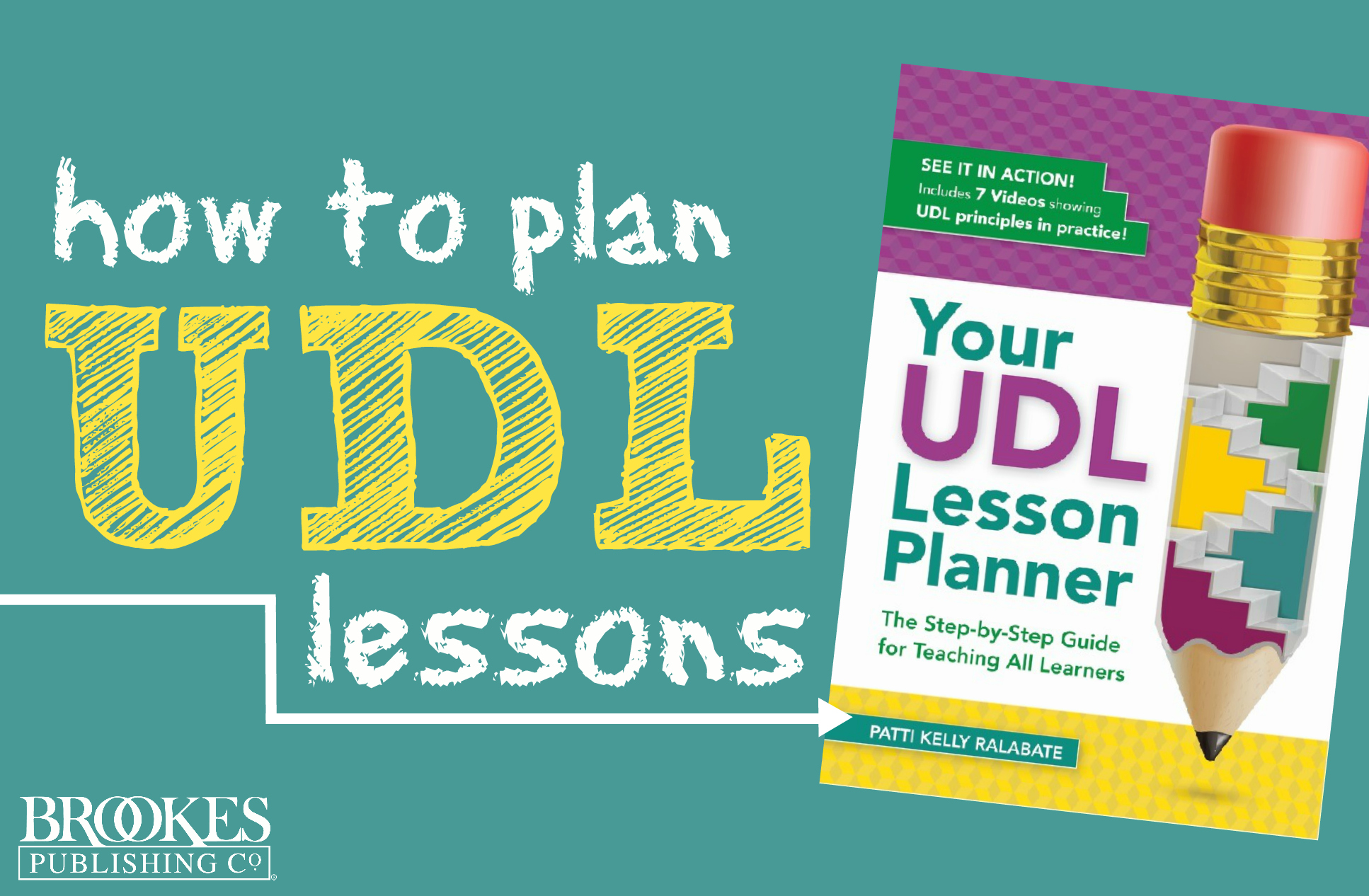
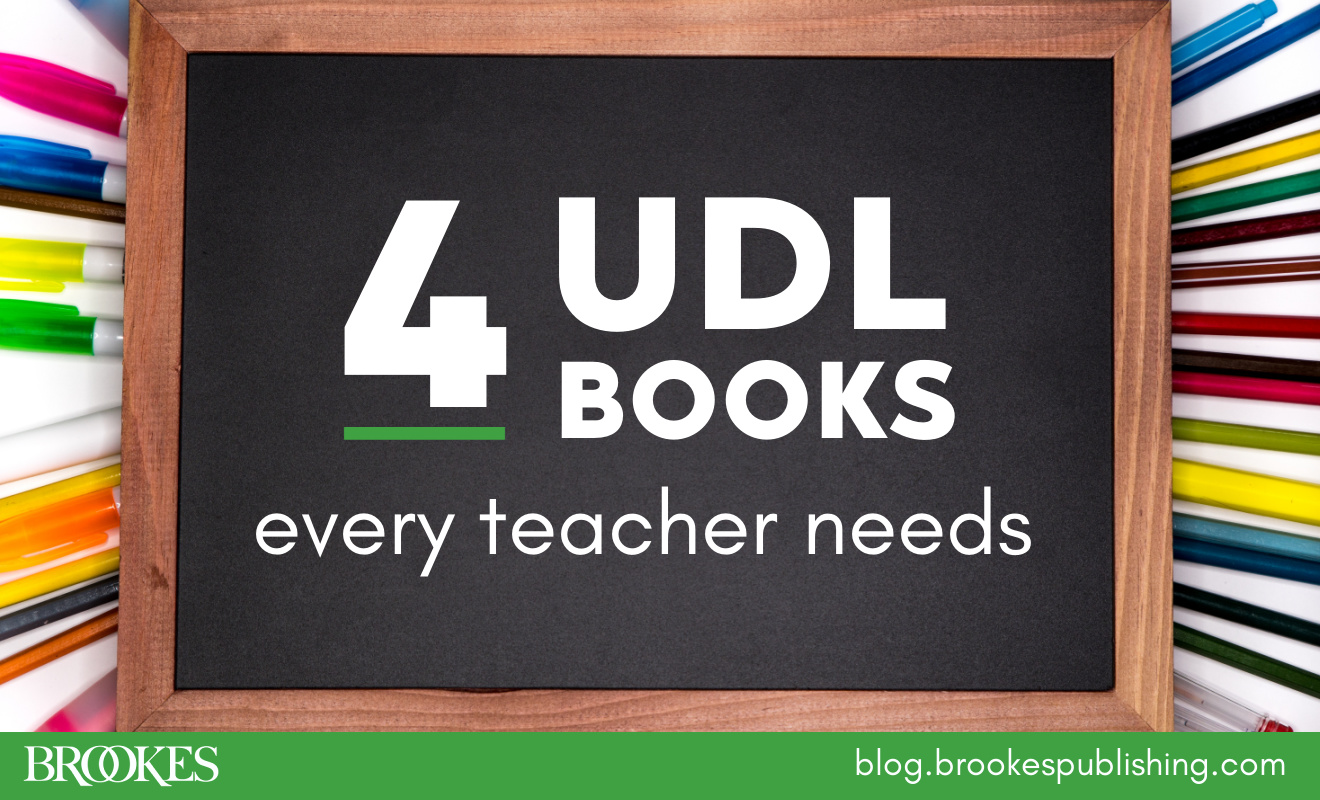
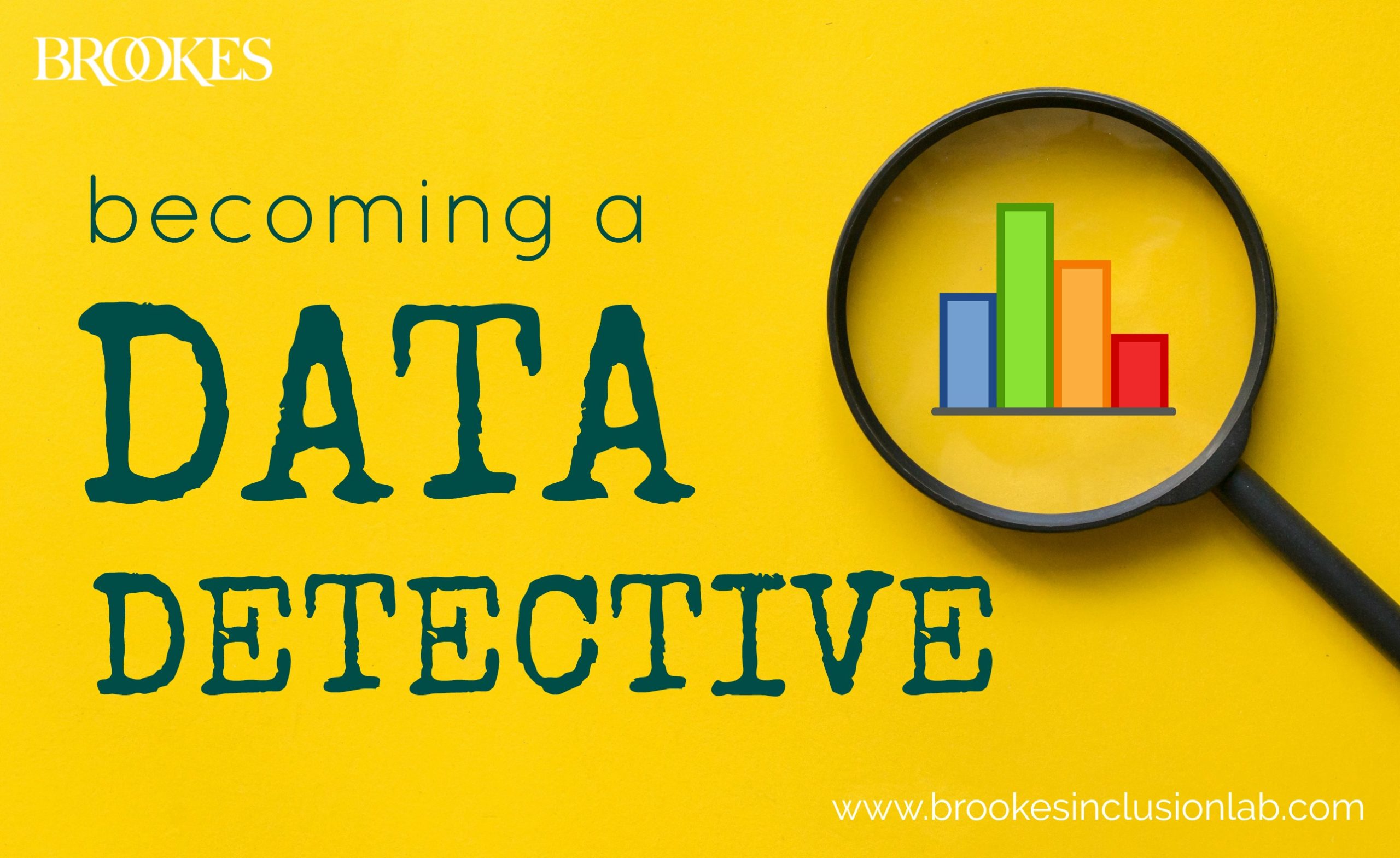
Write a Comment
Your email address will not be published. Required fields are marked *
Post a Comment